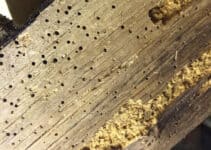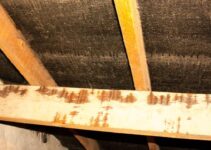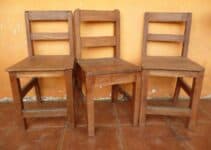Woodworm can be a nightmare for some homeowners. Although these pests are typically associated with moist, damp conditions, does woodworm attack dry wood? Woodworm typically attacks wood with higher moisture content, but they can also infest dry wood if the conditions are favorable, such as in humid environments.
In this blog post, we will explore the relationship between woodworm and dry wood, examining if and why they pests might target it.
Can Woodworm Live in Dry Wood?
Woodworm is a general term used to describe the larvae of several species of wood beetles, including the common furniture beetle, deathwatch beetle, and powderpost beetle.
Woodworm do prefer damp environment but can still infest and cause damage to dry wood. Let’s take a closer look at why this is the case.
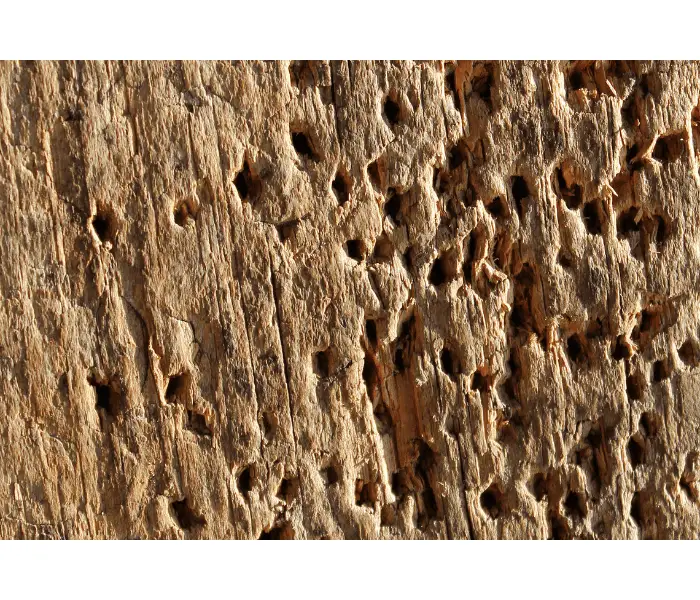
Why Do Woodworms Target Dry Wood?
Availability: One of the primary reasons that woodworms might target dry wood is due to its availability. In damp areas, rotting wood is scarce, woodworms may have no choice but to infest dry wood to survive.
So you can take steps to minimise dampness in your home but there will still be risk of woodworm.
Food Source: While damp wood is easier for them to digest, dry wood contains cellulose, making it a viable food source woodworm providing them with the energy they need to grow and develop.
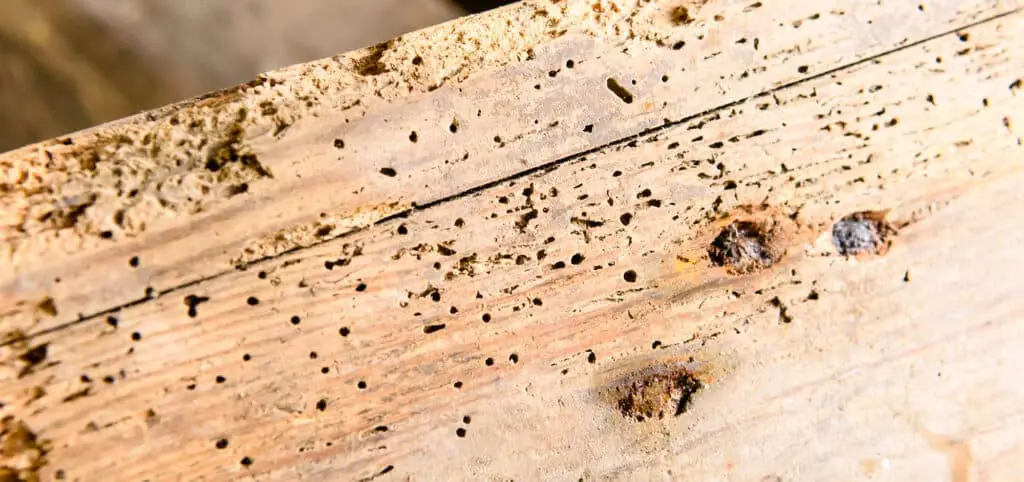
Shelter: Dry wood can provide woodworm larvae with shelter from predators and a stable environment in which to grow. Once inside the wood, they are protected from external threats and can continue to feed and develop until they reach adulthood.
Characteristics of Dry Wood That Make It Common for Woodworm
Cracks and crevices: As wood dries, it may develop cracks and crevices, which can provide an entry point for woodworms. These pests can easily burrow into the wood through these openings and begin their lifecycle inside.
Accessibility: Damp wood is hard to access than dry wood, which is used in construction and furniture.
Lack of natural predators: Certain fungi and bacteria are more prevalent in damp environments. This means that woodworms living in dry wood may have fewer threats to contend with, making it a more attractive environment for them.
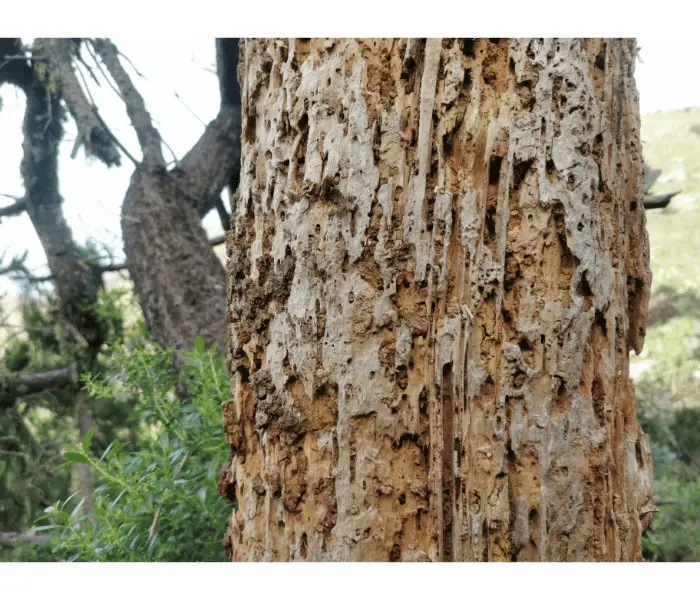
How to Prevent Woodworm Infestations in Dry Wood
Treat the wood: Applying a woodworm treatment, such as a wood preservative, can help protect your wood from infestation. These treatments can deter woodworms from targeting your wood and can also kill any larvae already present.
Control moisture: While woodworms can infest dry wood, they still prefer damp conditions. By controlling the moisture levels in your home, you can make it less attractive to these pests.
Maintain ventilation: Good ventilation can help to keep wood dry and discourage woodworm infestations. Make sure your home is well-ventilated, especially in areas with wooden structures or furniture.
Conclusion
While woodworm is more commonly associated with damp, rotting wood, they can and do attack dry wood as well.
Regular inspections, checking for woodworm dust, treating wood with appropriate products, controlling moisture, and maintaining proper ventilation can all help to reduce the risk of a woodworm infestation in dry wood.
By understanding the factors that make dry wood attractive to woodworms and taking action to address them, you can help to safeguard your property from these damaging pests.
